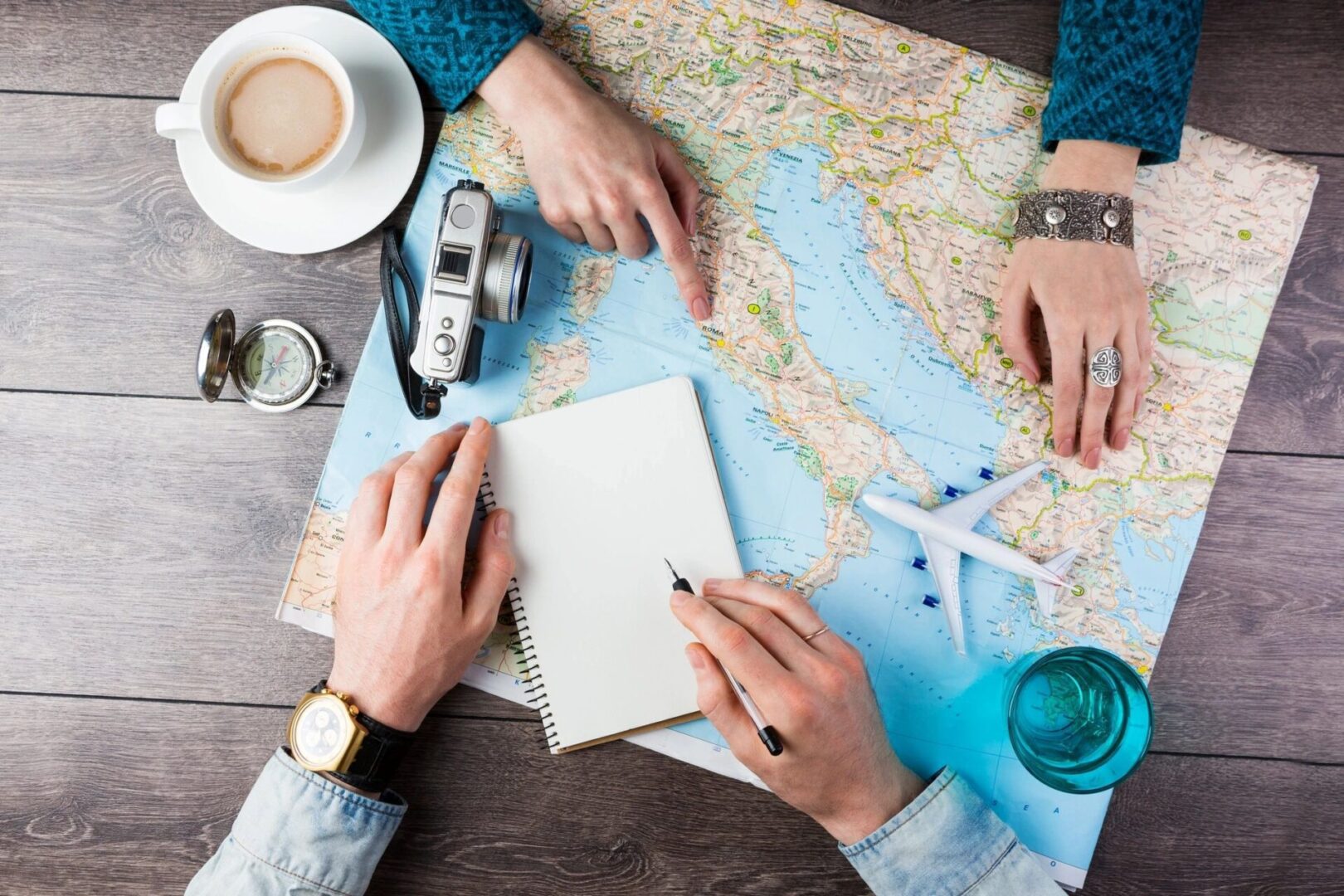Traveling to new destinations is exciting. You’re exploring fresh landscapes, immersing yourself in diverse cultures, and connecting with people whose lives are completely different from your own. However, even the best-planned trip can come with unintentional faux pas if you’re not familiar with the local customs. This is where cultural etiquette becomes essential.
Understanding and respecting the traditions, norms, and values of the places you visit can enhance your travel experience in ways you may not expect. It’s not just about avoiding embarrassing moments (though that’s helpful too!) but also about fostering positive relationships and showing respect for the people and cultures you’re encountering.
This guide breaks down etiquette tips for travelers and explores cultural customs around the world, so you can travel confidently while being respectful of the communities you visit.
Why Cultural Etiquette Matters When Traveling
Respecting travel etiquette is more than just polite behavior; it’s a demonstration of understanding and goodwill toward others. Here’s why it’s crucial:
- Building Relationships: Whether you’re attending a business meeting in Germany or dining with locals in India, adhering to local customs creates a more positive impression and builds trust.
- Avoiding Offense: Cultural norms vary widely. Gestures that are commonplace in one country can be offensive in another. For example, a thumbs-up might express approval in many Western countries but could be seen as rude in parts of the Middle East.
- Enriching Your Experience: Immersing yourself fully in a culture’s traditions, food, and way of life leads to deeper, more meaningful travel experiences.
Now that we’ve covered the “why,” here’s the “how.”

General Etiquette Tips for International Travelers
Cultural norms differ greatly, but there are a few etiquette tips for travelers that apply globally. By mastering these basics, you’ll be well on your way to respectful and enjoyable interactions.
1. Greeting Customs
How you greet someone sets the tone for the interaction. Here are some examples of how greetings differ around the world:
- Handshakes are standard in Western countries, while a bow is considered respectful in Japan.
- Cheek kisses (one, two, or three, depending on the country) are common in parts of Europe and Latin America.
- Avoid physical contact in conservative cultures like the UAE or India, where a nod or a verbal “Namaste” may be more appropriate.
2. Gift-Giving Traditions
Gift-giving etiquette varies tremendously between cultures. Here are a few key points to remember:
- Avoid giving sharp objects like knives or scissors as gifts in many cultures as they symbolize cutting ties.
- When presenting a gift in Asia, always use your right hand (or both hands) to show respect.
- Research local customs for wrapping paper; for example, certain colors should be avoided in China.
3. Dining Etiquette
Dining customs are one of the easiest ways to immediately connect with a new culture, but norms can differ dramatically:
- Japan: Slurping noodles is seen as a compliment to the chef.
- France: Keep your hands on the table but not your elbows, and don’t rush the meal!
- United States: Tipping generously is expected, while in South Korea and Japan, tipping may be considered unnecessary or even insulting.
4. Respect for Elders
Respecting elders is a value in many parts of the world, especially:
- Asia: Bowing or avoiding direct eye contact indicates respect.
- Africa and Latin America: Always greet elders first, and use respectful titles when addressing them.
Cultural Etiquette Around the World
Every region has its own unique customs, and knowing what to expect can save you from accidental missteps. Here’s a breakdown by region:
Asia
- Japan: Bow when greeting, remove your shoes before entering homes, and maintain silence in public spaces like trains.
- China: Avoid discussing sensitive topics like politics, and always give and receive items (especially gifts) with two hands.
- India: Use your right hand for eating, shaking hands, or presenting gifts. Respect religious practices such as covering your head in temples.
Europe
- France: Always greet people with “Bonjour” before beginning a conversation. Meals are social experiences, so take your time.
- Italy: Dress well, as appearance matters. Eat slowly and savor the company while dining.
- Germany: Punctuality is a sign of respect. Always address someone by their title unless invited to use their first name.
The Middle East & North Africa (MENA)
- UAE: Dress modestly, avoid public displays of affection, and respect Ramadan customs like fasting during daylight hours.
- Egypt: Bargaining is part of everyday commerce, but always stay polite and friendly.
Latin America
- Mexico: Greetings include a handshake or a light hug. Time is usually more relaxed, so don’t expect strict punctuality.
- Brazil: Personal space might be smaller than you’re used to, so don’t shy away from close conversation and social warmth.
What Not to Do: Cultural Mistakes to Avoid
Even seasoned travelers can make mistakes. Here’s what to watch out for:
- Interrupting Conversations: Many cultures, particularly in Japan or Italy, consider interrupting deeply disrespectful.
- Pointing or Gesturing Aggressively: Gestures like a thumbs-up can mean different things in different countries. Research local meanings to avoid blunders.
- Discussing Politics or Religion: These are sensitive topics in many areas, including the Middle East and parts of Eastern Europe. When in doubt, steer clear.
Preparing for Respectful Travel Behavior
Preparation is key to respectful travel behavior. Here’s how you can do it:
- Research: Read about local customs and norms before your trip. Websites, blogs, and even guidebooks offer excellent insights.
- Learn Basic Phrases: A simple “hello,” “thank you,” or “excuse me” in the local language can go a long way.
- Dress Appropriately: Conservative dress is essential in many countries, particularly at religious sites like temples or mosques.
Respecting Religious and Cultural Practices
Religious traditions often shape a culture’s etiquette rules. Here are ways to be respectful:
- During Ramadan in Muslim-majority countries, avoid eating or drinking in public during daylight hours.
- At religious sites like temples in India or churches in Europe, dress modestly by covering your shoulders and knees.
- Observe local practices like removing shoes before entering mosques, homes, or sacred spaces.
Be a Respectful Traveler
Travel is one of the most enriching experiences you can have, but only when approached with care and respect. By understanding and honoring travel etiquette around the world, you not only avoid faux pas, but you also open doors to meaningful connections that can change the way you see the world.
Before your next trip, take time to research, adapt, and engage with local cultures—to be a traveler, not just a tourist. Have your own etiquette tips or memorable stories? Don’t forget to share this guide with your fellow globetrotters!






